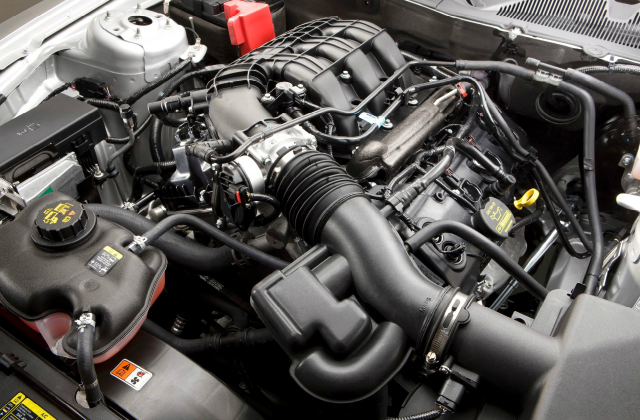‘How engine capacity significantly impacts vehicle performance and fuel efficiency’

BY TEMITOPE ADEBAYO
The automotive world is constantly evolving, with innovation driving improvements in performance, safety, and efficiency. However, one constant factor remains pivotal in determining how a vehicle performs on the road—its engine capacity. Also known as engine displacement, this specification significantly impacts a car’s overall performance and fuel efficiency.
What Is Engine Capacity?
Engine capacity refers to the total volume of all the cylinders in a vehicle’s engine and is typically measured in liters or cubic centimeters (cc). Simply put, it is the space where air and fuel mix and combustion occur. A larger engine capacity means more air and fuel can be burned in each cycle, leading to higher power output. Vehicles with larger engine displacements are generally more powerful, providing quicker acceleration, greater towing capabilities, and smoother driving, particularly under load.
Impact on Vehicle Performance
Engine capacity is a primary determinant of a car’s performance. A larger engine typically delivers higher horsepower and torque, which translates into better acceleration and the ability to handle more demanding driving conditions. For sports cars and high-performance vehicles, larger engine capacities (such as 4.0 liters and above) are crucial in delivering the speed and agility expected from such models.
However, bigger is not always better. While a larger engine can provide thrilling performance, the type of vehicle and its intended purpose play an important role in deciding the appropriate engine size. Smaller vehicles with compact engines, such as 1.2 or 1.6 liters, might not deliver the brute power of a larger engine but excel in urban driving, with quicker responses and maneuverability in tight spaces.
Engine Capacity and Fuel Efficiency
In recent years, fuel efficiency has become an increasingly important factor for consumers, driven by environmental concerns and rising fuel costs. Engine capacity plays a key role in determining how efficiently a vehicle consumes fuel. Smaller engines are generally more fuel-efficient because they burn less fuel per combustion cycle.
READ ALSO: Projects inspection: Oborevwori’s oversight…
Larger engines, on the other hand, tend to consume more fuel as they require more gasoline or diesel to power their bigger cylinders. This is why you’ll often find that compact cars and sedans with smaller engines get significantly better gas mileage than large SUVs or trucks equipped with 4.0-liter engines.
That said, advancements in technology have made it possible for larger engines to improve their fuel efficiency without sacrificing performance. Turbocharging, for instance, allows smaller engines to deliver higher performance while maintaining good fuel economy, bridging the gap between efficiency and power.
The Role of Engine Technology
The relationship between engine capacity and performance is no longer as straightforward as it used to be, thanks to advancements in engine technology. Features like turbocharging, direct fuel injection, and hybrid powertrains have revolutionized the way engines work.
For example, turbocharged engines can provide the power of a larger engine while maintaining the fuel efficiency of a smaller one. This is because turbochargers force more air into the engine’s cylinders, enabling more efficient combustion. A 1.5-liter turbocharged engine can produce similar power to a naturally aspirated 2.0-liter engine but with better fuel








